Diwali or Deepavali, the festival of lights, is amongst the most famous of all the Indian festivals. It falls on the amavasya, no moon day, of the Hindu month of Kartik (October – November). This festival, which is so unique to India, is celebrated for different reasons and in multiple forms all over the country, as well as in Indian communities across the world.
Origin
In North India, Diwali celebrates the return of Shri Ram from His exile. Shri Ram went into exile for fourteen years, to fulfill the word of His father. During this period, the demon king Ravan abducted His wife and eternal consort, Mother Sita. Shri Ram, Shri Laxman along with an army of monkeys and bears, waged war against the powerful demon and killed him.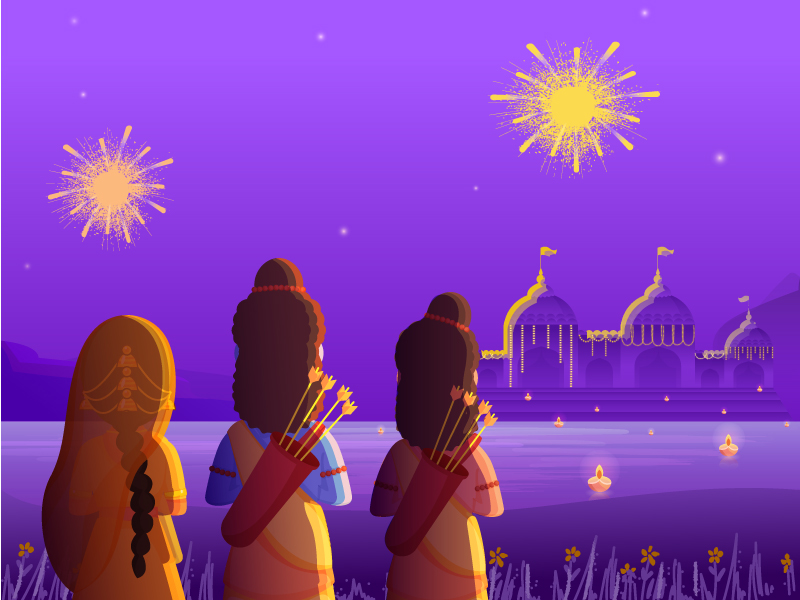
When Shri Ram at last returned to the capital of his kingdom, Ayodhya, His citizens were thrilled to see Him back. They decorated every part of their homes, illumined the entire city with lamps, and burst firecrackers to exhibit their joy. This tradition, handed down through time, came to be known as Diwali – the festival of lights. People also pray to Goddess Lakshmi on this day, welcoming Her into their homes, just as the people of Ayodhya had welcomed Mother Sita.
In the South, the day is celebrated in the memory of Narakasur. He was the son of Bhudevi, the goddess of earth, and Lord Vishnu. However, he turned to wrongdoing and terrorized people, waging war against the celestial gods and righteous kings, and capturing women. In response to the pleas of the Gods, Shree Krishna went to fight Narakasur, taking along His wife Satyabhama. When Shree Krishna was rendered unconscious by an arrow of Narakasur, Satyabhama took up the battle and killed Narakasur. Shree Krishna later explained that Bhudevi had sought a boon that she should be the one to punish her son. Satyabhama was an incarnation of Bhudevi, and Narakasur was destined to be killed at her hands. When she learned about this, Satyabhama requested that the day not be spent in mourning, but be celebrated as the dawn of a new era. From then onwards, this day is celebrated as Diwali. Shree Krishna took an oil bath early in the morning to cleanse Himself of the blood of Narakasur, which had splattered on Him, and this tradition continues to this day, with the morning being heralded by an oil bath.
Celebration
The name “Diwali” is a contraction of the word “Deepavali”, which means a row of lamps. On Diwali day, Hindus light rows of lamps around houses, and draw elaborate sand paintings called rangolis outside their homes. They wear new clothes and celebrate the occasion by bursting firecrackers. As this is a day of rejoicing, people have very elaborate meals, visit neighbors and friends, and seek the blessings of elders.
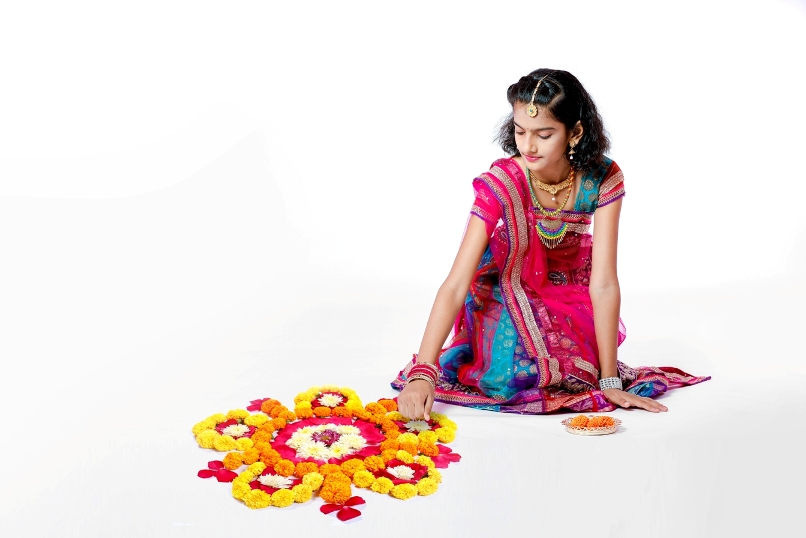
In Northern India, Diwali celebration lasts over five days, beginning two days prior to the main festival. The first day of Diwali is celebrated as “Dhanteras” which falls on the thirteenth day of the dark fortnight in the Hindu month of Ashwin. This is considered to be an auspicious day, bringing in wealth and prosperity. It is especially auspicious to buy gold on this day, and people flock to jewelry shops to buy gold on this auspicious day.
The second day is Narakasur Chaturdashi, also known as “Choti Diwali”. This is a precursor to the next day, which is the main Diwali, and a small number of lamps are lit, especially in the darker corners of the house, to ward off evil.
The third day is the main festival of Diwali. The house is cleaned well in anticipation, and plenty of oil lamps, candles and electric lights are lit to keep every corner of the house bright and shining. In the evening, prayers are offered to Lord Ganesh and Mother Lakshmi, the Goddess of wealth. This Lakshmi Pooja is one of the most important aspects of Diwali. For the traders, Diwali marks the beginning of the new financial year, and they pray to the Goddess to bless them with prosperity and good fortune. They keep new ledgers and account books at the altar of Goddess Lakshmi, and only then taken for use. People burst firecrackers all night long, and the dark night takes on the appearance of day with the bright lights and the crackers.
The fourth day is celebrated as “Govardhan Pooja”, commemorating the event of Shri Krishna lifting the Govardhan Hill on his little finger.
The fifth and final day is “Bhai Dooj”. This is an occasion where sisters pray for the well-being of their brothers. Married women visit their brothers on this day and celebrate the day in togetherness.
In Southern India, Diwali is mainly celebrated on Narakasur Chaturdashi, the fourteenth day of the dark fortnight in the Hindu month of Ashwin. People wake up well before dawn, and take a purifying bath. They anoint themselves with oil and have a bath with the sacred water from the river Ganga. This is known as “Ganga Snan”. Some believe that taking a bath before sunrise, when the stars are still visible in the sky is also equivalent to taking a bath in the holy Ganges. On this day, devotees perform a special pooja, with offerings to Krishna or Vishnu, as He liberated the world from the demon Narakasur on this day.
The festival of Diwali is among the most widely celebrated by Indians all over the world. It symbolizes the triumph of good over evil, and lights up our lives, just as a lamp lights up the world.







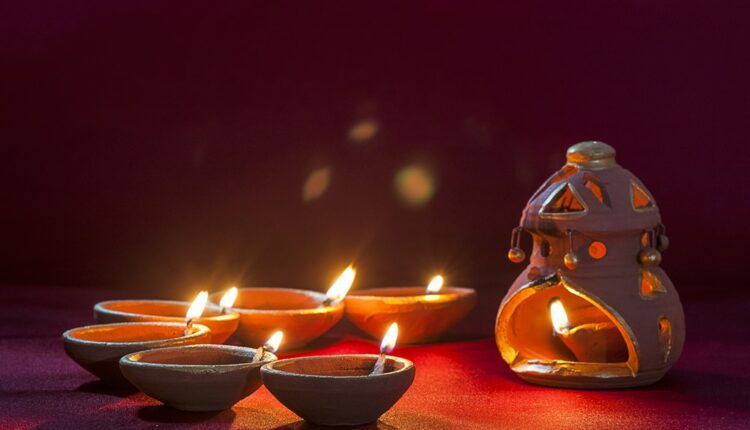

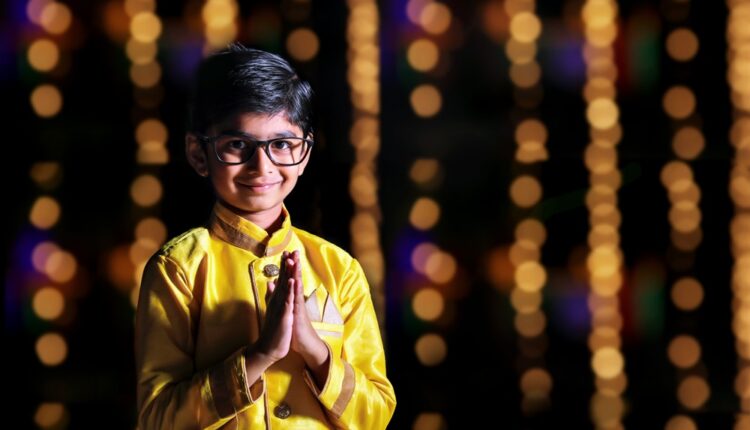





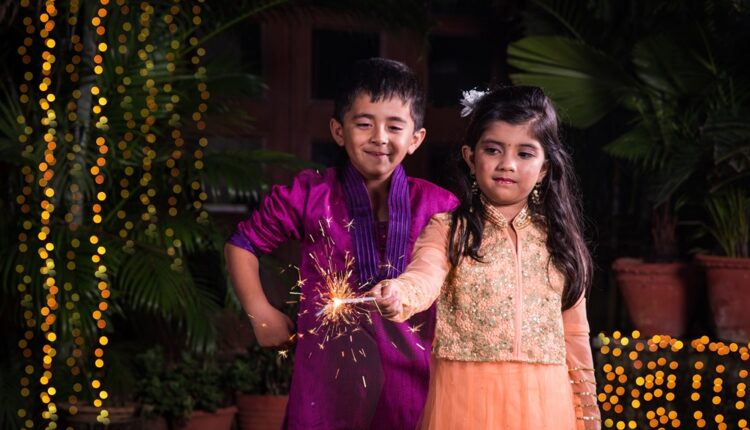

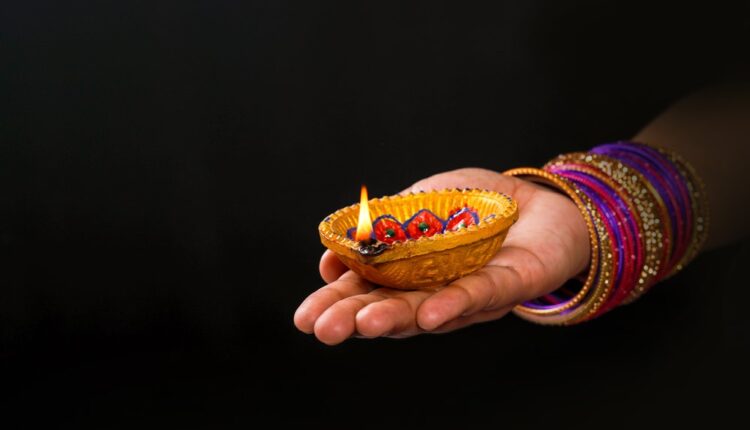

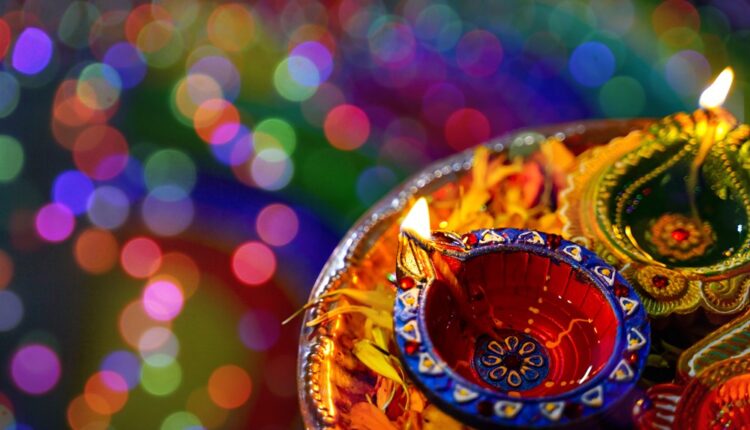
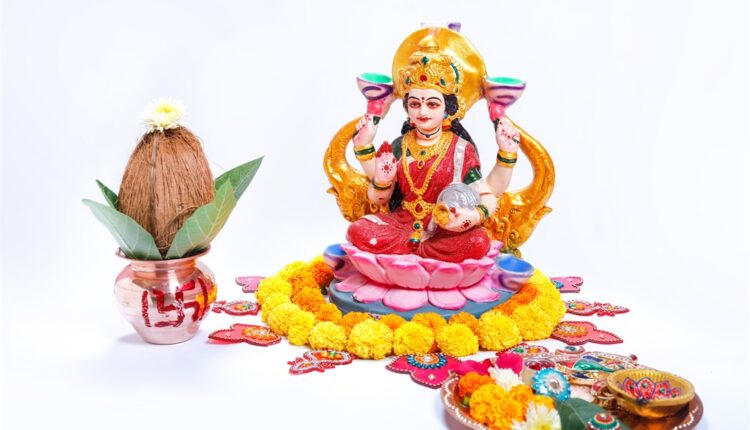
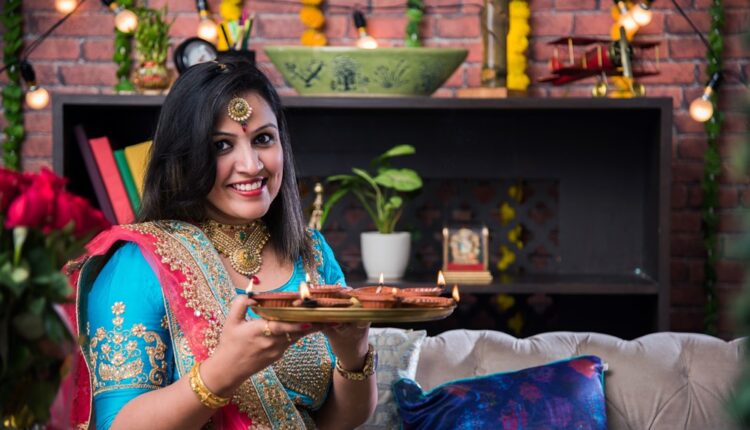
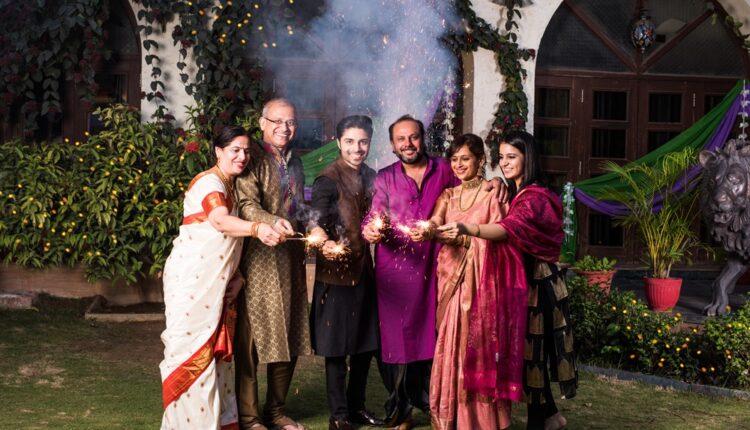


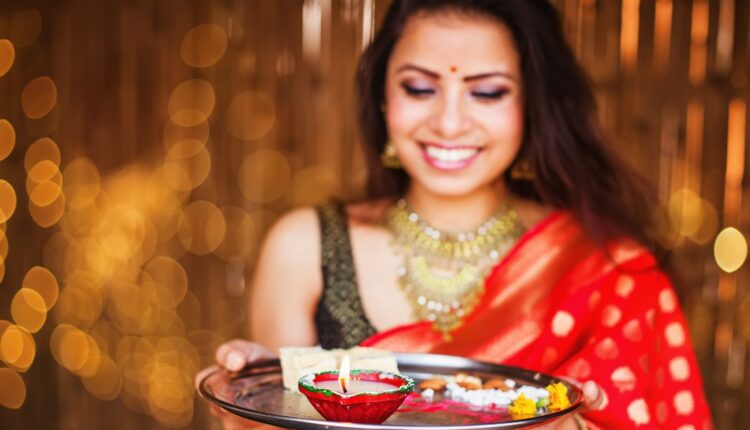
Comments are closed.